The Haunting/1963/Argyle Enterprises, MGM/112 min.
From Shirley Jackson’s eerie, intellectual ghost story “The Haunting of Hill House” director Robert Wise and screenwriter Nelson Gidding weave a classic supernatural thriller, a shocker without gore, a ghost movie seemingly without ghosts. Or is it?
In “The Haunting,” poltergeist investigator John Markway (Richard Johnson) and his group of spook watchers (Claire Bloom, Russ Tamblyn and Julie Harris) are ensconced in a notorious old dark house together. Harris gives a movie-stealing performance as repressed spinster Nell Lance, who succumbs to Hill House’s shivery spell and terror-laced eroticism. Like Jack Nicholson in “The Shining,” Harris makes you feel the story’s terror – the menace and the entrapment of Hill House as Nell is pulled into the evil of the haunted domicile’s very dark past.
The cast is well nigh perfect, from Johnson’s enthusiastic and charming investigator, Bloom’s ambiguous, fancily severe Greenwich Village lesbian, Julie, to Lois Maxwell (Miss Moneypenny of the James Bond series) as Mrs. Markway.
Tamblyn, who will be present for discussion at the 7 p.m. Tuesday screening of “The Haunting” in Westwood, plays smart-alecky nonbeliever Luke Sanderson. Tamblyn was reteaming here with director Wise, who had guided the actor to the highlight of his career, as Jet gangleader Riff in the 1961 Best Picture Oscar winner “West Side Story.”
Wise’s movie is quite faithful to Jackson’s acclaimed novel. The dialogue is literate and tense. The movie’s tasteful production design and the crystal-sharp black and white cinematography (by Davis Boulton) give this picture, shot in England, a classic look. It’s the kind of brainy, spooky cinematic treat Wise might have whipped up for producer Val Lewton in the ’40s, in their RKO prime time of “The Body Snatcher” and “The Curse of the Cat People” if they’d only had this kind of budget.
Roman Polanski once named Wise’s “The Haunting” as one of his favorite movies. It’s a shame that Polanski didn’t direct the 1999 remake of “The Haunting,” which was messed up by the producers and director Jan De Bont, and not helped by its big budget and gaudy effects. Subtlety, intelligence and superb acting are what cast the spell for Wise and company. Polanski probably would have brought all that back and made the movie sexy to boot – something the 1963 “Haunting” doesn’t really need.
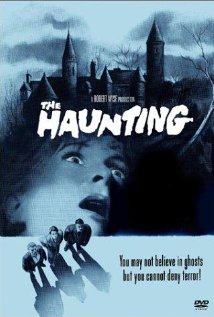





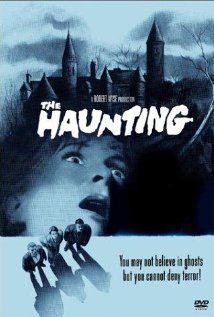
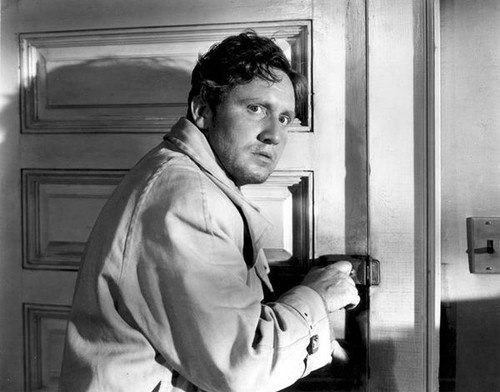
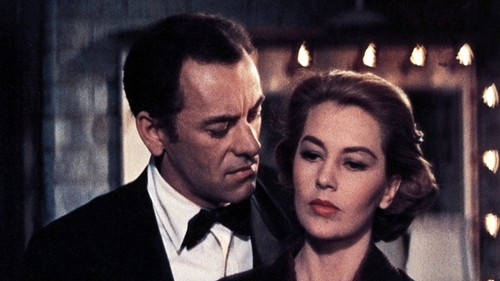
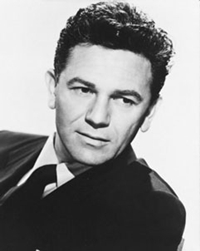
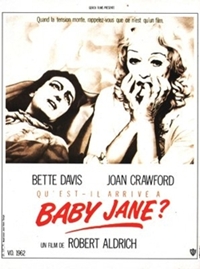





From FNB readers